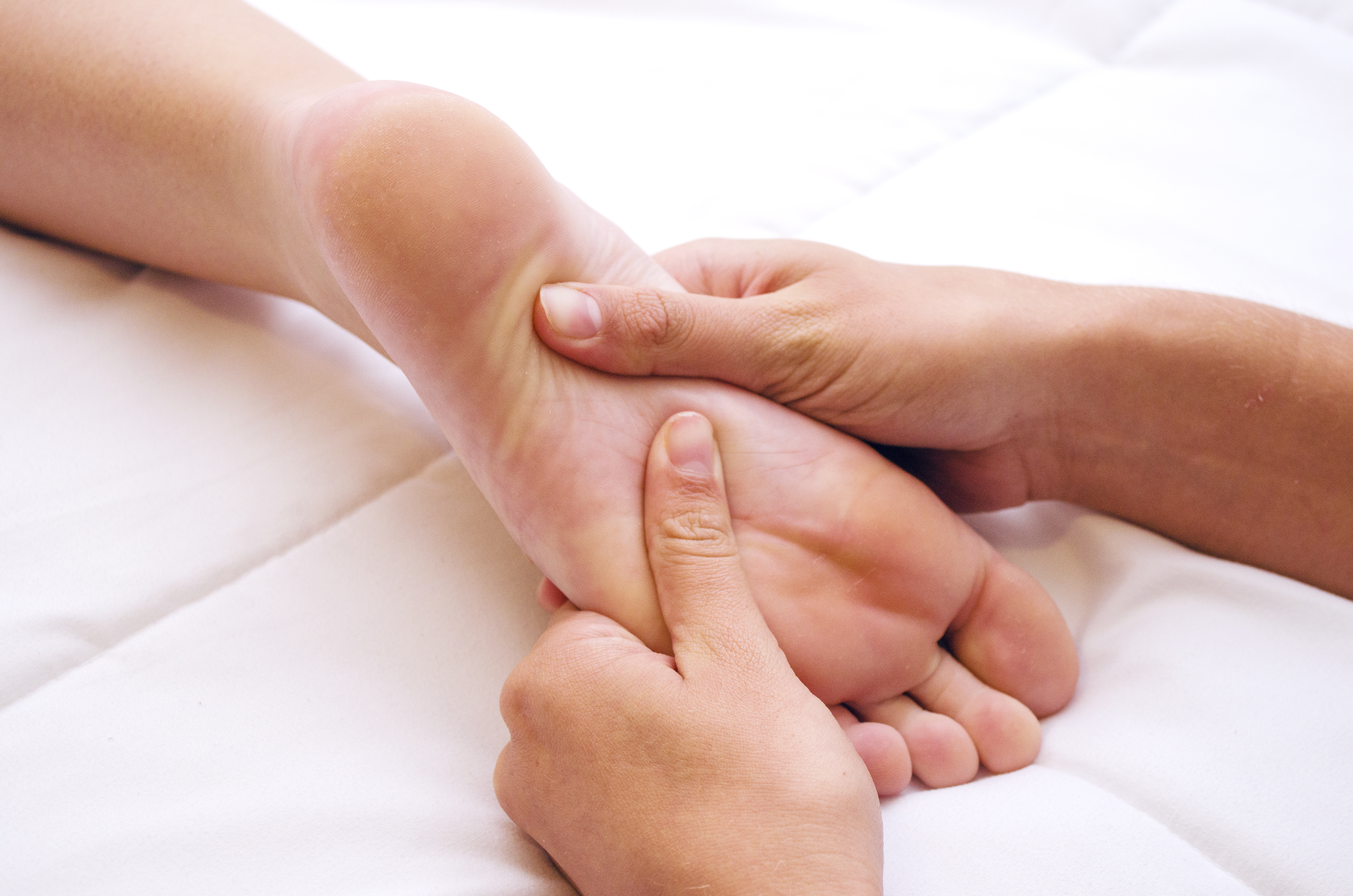Reflexology- Nothing more than a money-making placebo

By: Cathrina Nauth
Pull up a chair, sit back, relax and enjoy a therapeutic foot massage. And while you’re at it, don’t worry about those health problems your doctor told you about, because it will all be taken care of after the session. Every sickness, gone. Any pain, no longer present. Life, perfect. Could it really be that easy? Could a simple hand to foot relationship spark a sudden perfection of the human body and its functions? Reflexology claims that it can, while others argue that it is simply a money-making placebo.
Reflexology is a timeless practice, dating as far back as the pharaohs of ancient Egypt. However, in the midst of modern medicine and science, some of the practices involved with reflexology prompt the question; Is this practice legitimate? This practice involves the vigilant manipulation of pressure points in the foot in order to have therapeutic effects on certain organs in the body. The process itself claims to be able to alleviate the symptoms associated with conditions such as anemia, bronchitis, overactive thyroid glands, kidney stones, hemorrhoids, heart disease, intestinal paralysis and many more. Some reflexology clinics argue that their practices may even be beneficial as cancer treatments! Interestingly enough, this entire idea of reflexology is based solely on one diagram of the foot mapped with pressure points, which reflexologists believe have some connection with the parasympathetic nervous system, capable of healing body parts. However, there is minimal scientific evidence behind this claim.
Reflexologists strive to defend their practices by allowing their patients to see these mapped foot charts, however reflexologists know that the average person is not going to understand a bunch of scientific and anatomical jargon, so they bombard patients with these words to trick them. Also, this “foot map” that reflexologists base their practices on usually varies from reflexologist to reflexologist around the world, making it clear that that there cannot be one single pressure point corresponding to one specific organ throughout the human anatomy.
Aside from the obvious determinants of the falsity lying within the claims of reflexology, such as the inconsistency in the reflexology foot maps, there are also other ways to disprove the theory that this practice really works. For one, professionals should be able to explain their practice without the improper usage of scientifically strung words. If it really worked, and they knew exactly how it worked, they would be able to explain it in relatively simple terms. Following that, there should be an abundant amount of quantifiable evidence that it does work, yet the evidence is very scarce. For example, a recent study on reflexology conducted by East Carolina University’s School of Nursing, concluded that patients with lung and breast cancer reported less anxiety after the foot reflexology process was completed. However, after further analyzing the experiment, simple analysis elucidates the fact that there was no control in the experiment, so this could have easily been translated into a psychological experiment, rather than an actual test on the claims of reflexology. Therefore, an experiment conducted later by Indiana University’s School of Nursing set up an experiment to test this, and found that controlled studies of reflexology failed to demonstrate any increased benefit over the placebo.
Also, there is no scientific evidence proving that the nerves in the foot can actually regulate cycles in the upper body. In order to prove it, some aspect of this entire practice needs to be measurable in some form, whether it is a blood test, an x-ray, a CAT scan, or anything along these lines. However, reflexologists are not able to do this, because there are no quantifiable results supporting their claims.
The one thing that reflexology may be able to do is serve as a placebo, in an attempt to relieve basic conditions such as tension and anxiety, as in East Carolina University’s studies, proved. If people truly believe, and have been convinced that the pressure on the soles of their foot is supposed to help create positive notions in their body and relieve their tensions, they may begin to feel less tension and anxiety. This has been proven through various studies. This can only work for very basic conditions with minimal side effects or damage to the internal body.
However, unlike many other placebos corresponding with simpler practices, reflexology can be dangerous, and may even be life-threatening to an extent. With all of the claims this practice makes, and the ways they go about advertising the false benefits associated with it, some may be inclined to believe that it really is an alternative treatment to their illnesses and problems. When people invest their limited time and money in something that will not cure them, they lose their opportunity to seek immediate help from doctors or hospitals, potentially worsening their conditions overtime. Furthermore, the idea of having a simple “cure” to certain diseases, such as curing cardiovascular disease through a foot massage, will seem like the easy way out to some people. This could cause them to avoid exercising daily, eating healthily or taking other precautions to improve their health. Since reflexology cannot really cure the illness, it is harming more than helping—the opposite of a patient’s desires.
Looking at the process of reflexology as a whole, it is clear that it is merely a money-making strategy. Yes, a foot massage from time to time may not be such a bad idea after a long and stressful week, however relying on this practice to cure ailments can not only lead to more medical problems, but burn a hole in your pocket as well. Taking all of this into consideration, it is important to think twice before you get tricked by the sneaky market of pseudoscience.

